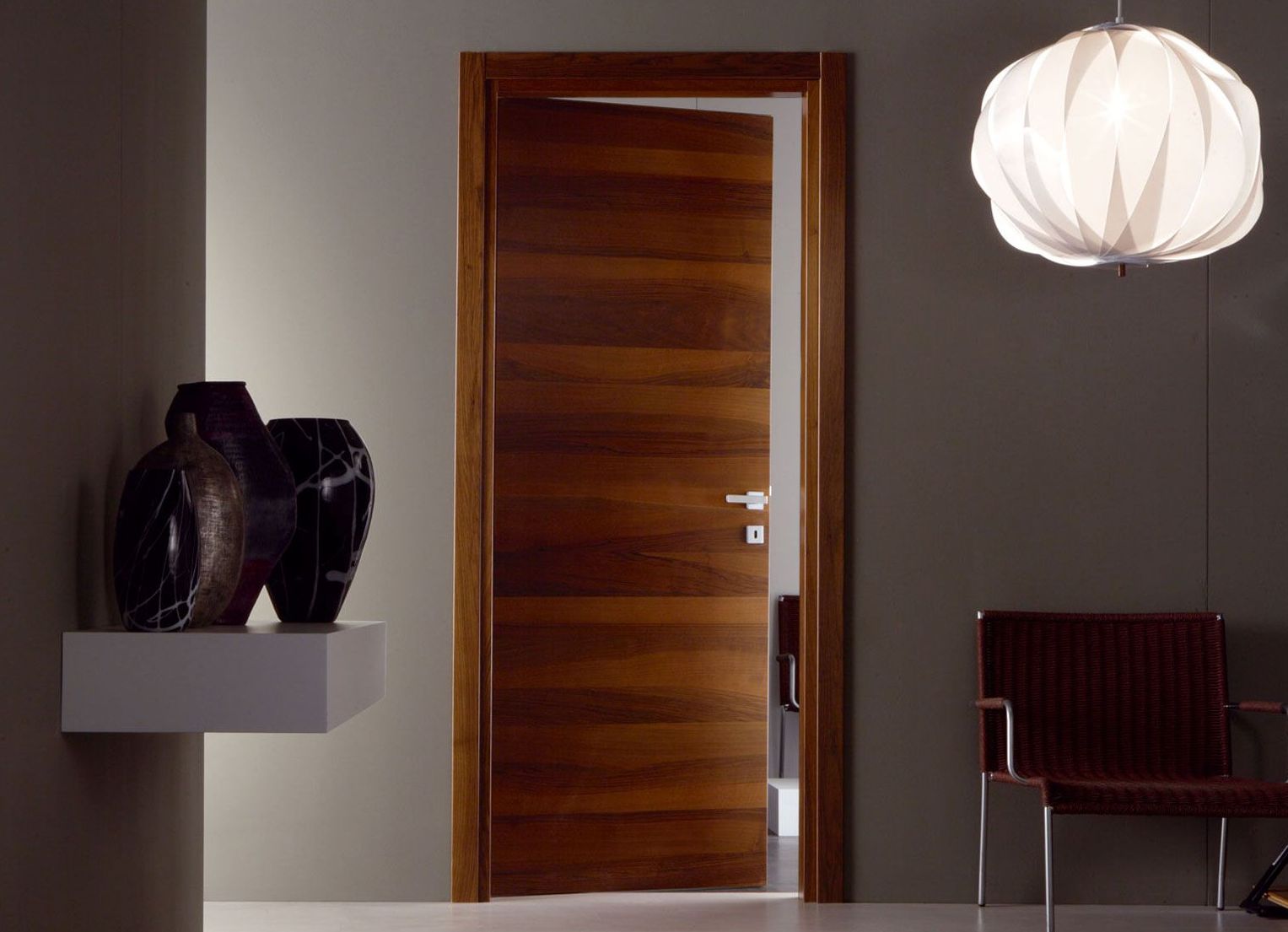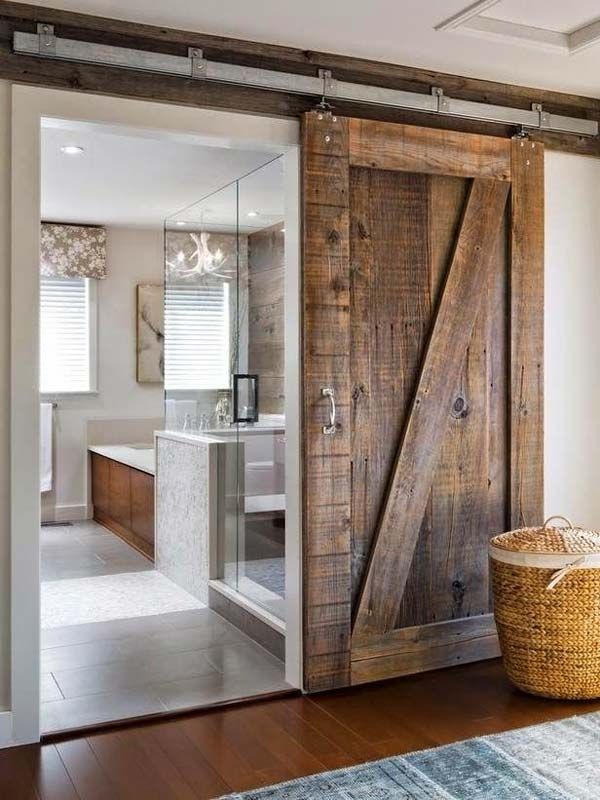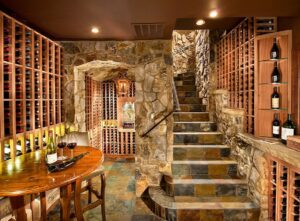
What are veneer doors? This question often worries those who have started a major overhaul. In our article, you will find answers to this and other questions that arise when choosing interior and exterior doors. Get the best ideas for veneer doors and enhance the beauty of your home interior.
Features of Veneer and Methods of Obtaining It
Before buying veneered doors, you must at least superficially familiarize yourself with the technology of their creation, as well as the properties of the material with which they are covered.
So, a veneer is a thin sheet assembled from wood plates. They cover (veneer) a door frame made of cheaper materials, thus achieving an attractive appearance of the product at a low price.

As a rule, it is difficult for a layperson to distinguish, say, doors with oak veneer from doors made of solid oak. Although, of course, there are more than enough differences between these products.
Traditionally, when determining the types of veneer, they start from the methods of obtaining it.
Natural Veneer

To get a natural veneer, as the name suggests, natural wood is used. And this is done in three ways, depending on the type of trees.
The most expensive and valuable varieties (Karelian birch, mahogany, etc.) are planed. The result is a stunning veneer with a thickness of about 5 mm and good veneered doors, the cost of which is quite high.
A sawed veneer is made from coniferous trees and is practically not used to cover doors. Instead, its main field of application is musical instruments.
More common types of wood are often used for the production of veneer – birch, alder, oak. They are peeled.
If the technology is followed, the natural veneer retains the wood pattern from which it was made of. Veneer doors and PVC differ precisely in the degree of similarity with solid wood, which is much more difficult for products with artificial film to achieve.
Reconstructed Veneer

Such material cannot be called entirely artificial since it is still based on wood, however, of cheap, fast-growing species (poplar, for example).
Two subspecies are also distinguished here: fine-line and multi-veneer. They are created in approximately the same way. First, the logs are peeled into thin plates using special equipment. Next, the material is dried, sorted by color and texture, and then dyed by immersion in a dye solution. Finally, the colored plates are glued together under a press to obtain the desired size veneer sheets.
The colors of veneer doors made in this way can be very different. This is because the multi-veneer also has geometric patterns.
The disadvantage of the reconstructed material is its increased fragility.
Varieties of Doors

The essence of creating veneered doors comes down to gluing veneer to the frame. At the same time, both frames and methods of attaching veneer coverings to them can be different.
Frame Types

In interior veneered doors, a hollow frame or a base of laminated veneer lumber is used.
To create a frame of a hollow structure, well-dried pine beams are used (humidity not higher than 8%). When it is planned to mount glass in the door, a frame is also made around the perimeter of the future insert.
MDF sheets are nailed on top of the frame, and the cavity inside is filled with honeycomb cardboard or expanded polystyrene.
Before veneering, sheets of the desired size are created from the veneer strips. They are selected according to their texture, soldered together on special machines, and excess glue is removed.
Fitting the sheet to the size of the frame, it is glued. After that, the product is sanded and varnished.
In a solid construction of beams, the frame is created and the entire base. Then, further processing procedure (MDF coating, veneer gluing) is the same for hollow structures.
Hollow structures are lighter but also less durable.
For entrance doors, as a rule, metal frames are used, upholstered with MDF, and then covered with veneer.
Veneer Attachment Methods

At the moment, to glue the veneer to the frame, one of three methods is chosen:
- Cold veneering. The easiest and cheapest way. The veneer layer is glued under the press.
- Hot veneering. A hot press is used, as well as special adhesives. Doors made in this way are more durable.
- Vacuum membrane veneering. It is used when the veneer must be glued not to a flat but a relief surface.
Features of Veneer Doors. Their Advantages and Disadvantages

Laminated or veneered doors are most often chosen because they have a pleasant appearance and are much cheaper than those made from solid wood.
In this case, natural veneer also has serious advantages over PVC – it retains all the beauty of wood and, therefore, looks more prestigious.
The Positive Characteristics of Veneer Include:
- Originality and uniqueness of colors.
- Resistance to temperature extremes and sudden changes in humidity.
- Possibility of partial repairs with minor superficial damage.
- Good sound insulation and low heat transfer.
- Environmental friendliness and safety.
Veneer Doors also have Several Minor Drawbacks:
- Difficulty finding similar doors. Drawings on natural veneers are always unique, so be prepared because each door in the house will be slightly different from the rest.
- Intolerance to direct sunlight. Under the influence of ultraviolet light, dark spots appear on the veneer. So consider the location of light sources when deciding to install a veneered door in any room.
Tips for Choosing Veneer against PVC

Based on all the listed characteristics of veneer and doors created with its use, we will try to highlight a few tips for choosing such products:
- First, notice the texture of the door and the pattern on it. If you see two identical ornaments, you can be sure that the manufacturer used a fake veneer.
- To make sure that the veneer is glued properly, look at the end of the door. The edges of the coating should not protrude and pry off with a fingernail.
- Sift through the surface. Neither the veneer itself nor the varnish covering it should have cracks and foreign objects.
- Sniff. Natural veneer created according to all the rules does not emit an unpleasant odor.
And finally, let’s answer one more burning question, which doors are better: veneered or PVC? On this occasion, you can meet many controversies, both in real life and on forums on the Internet.
Of course, it is impossible to unequivocally answer which door is better since both veneered and PVC products are high-quality and low-quality models. In this case, the best door will be the one that is made in good faith.
The main advice can be the selection of the door, depending on its purpose and the style of the room.
So, for rooms with high humidity (bathroom, kitchen), experts recommend choosing PVC doors. It is better to install a door made of natural veneer in the nursery. Doors with artificial foil harmoniously fit into modern designs, such as high-tech and modern, due to the richness of their color palette. It is better to install veneer doors in rooms oriented towards the classic style.






